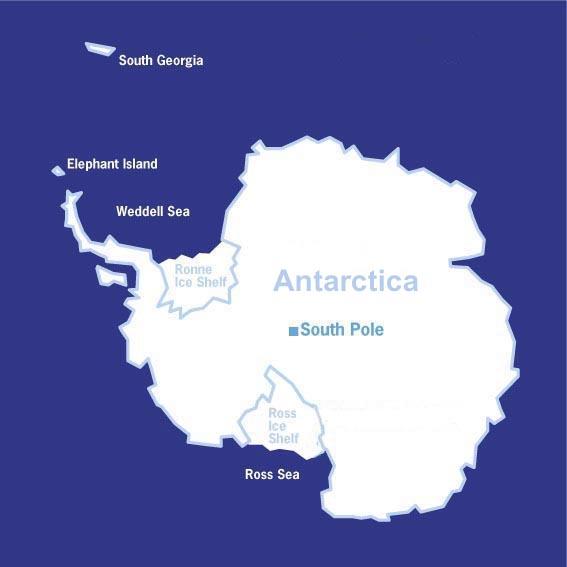
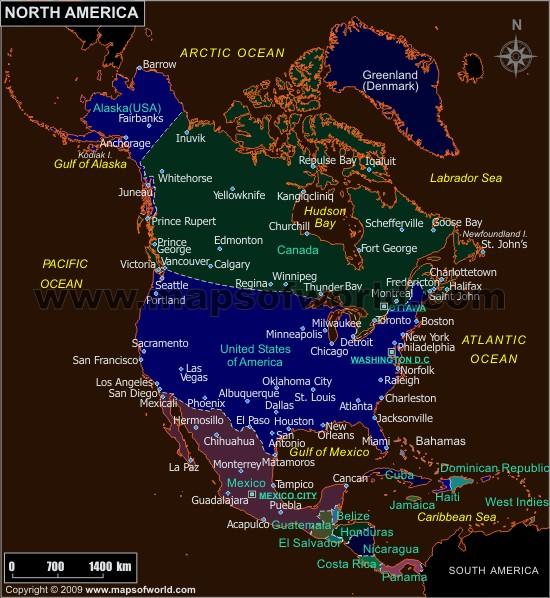
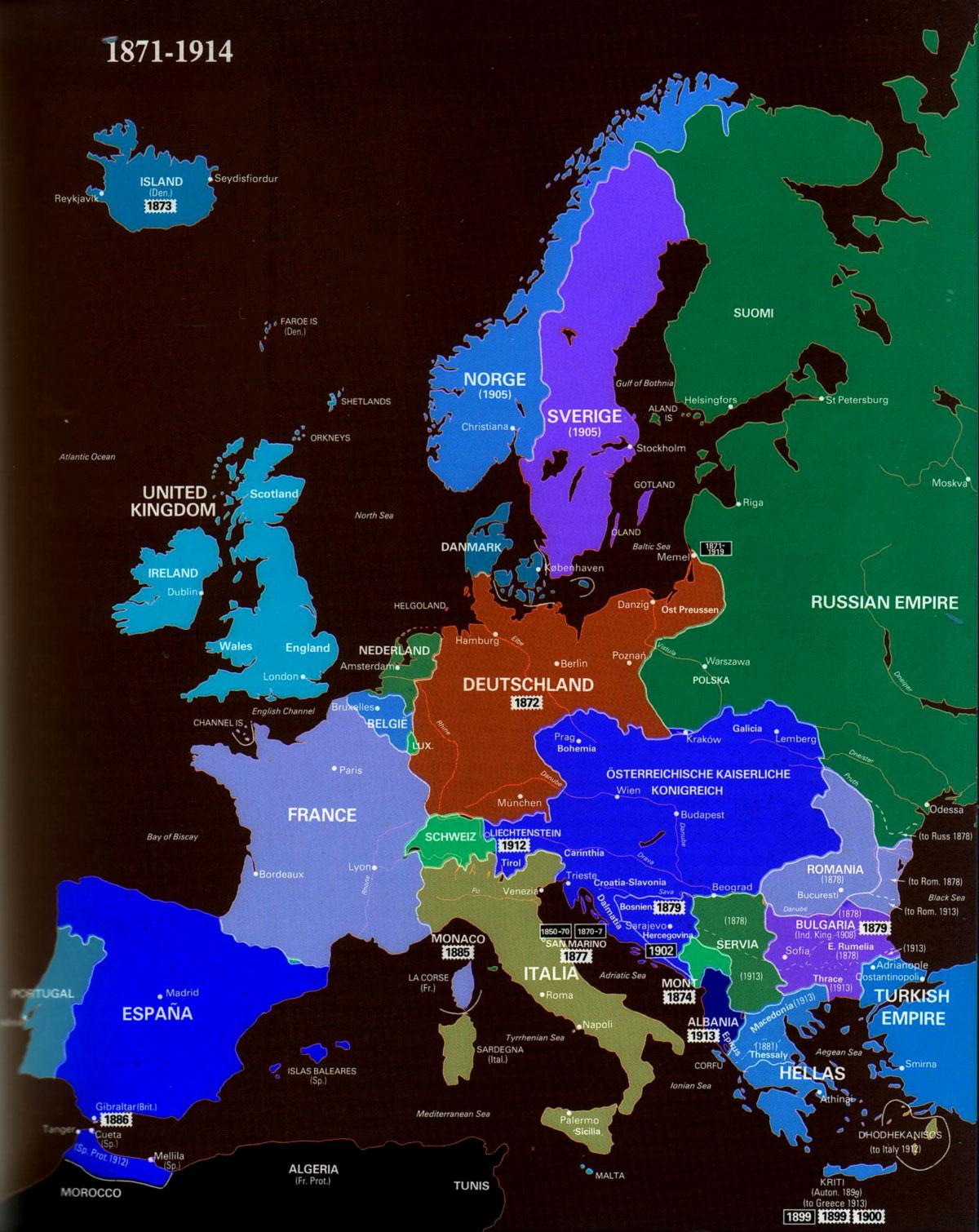
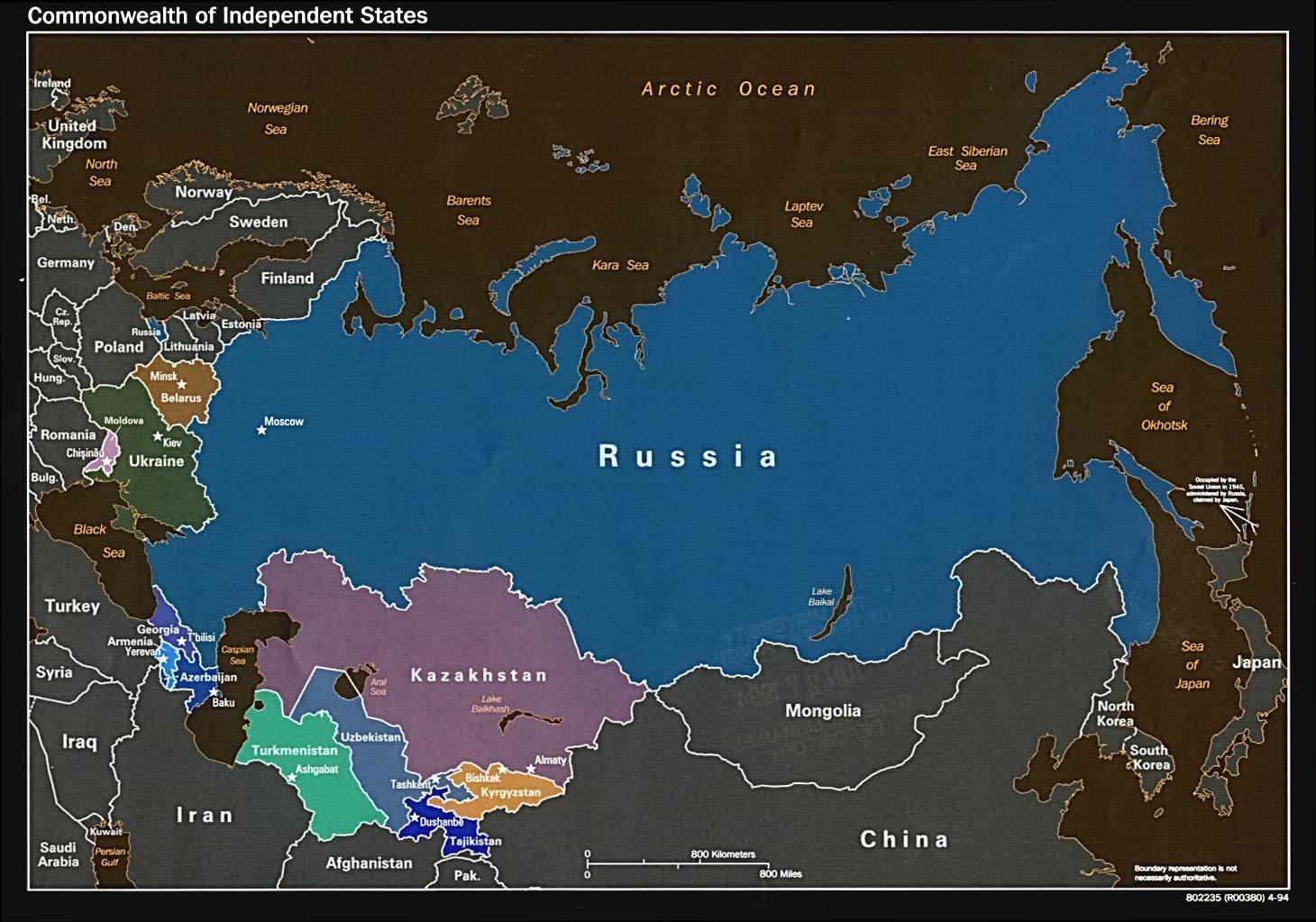
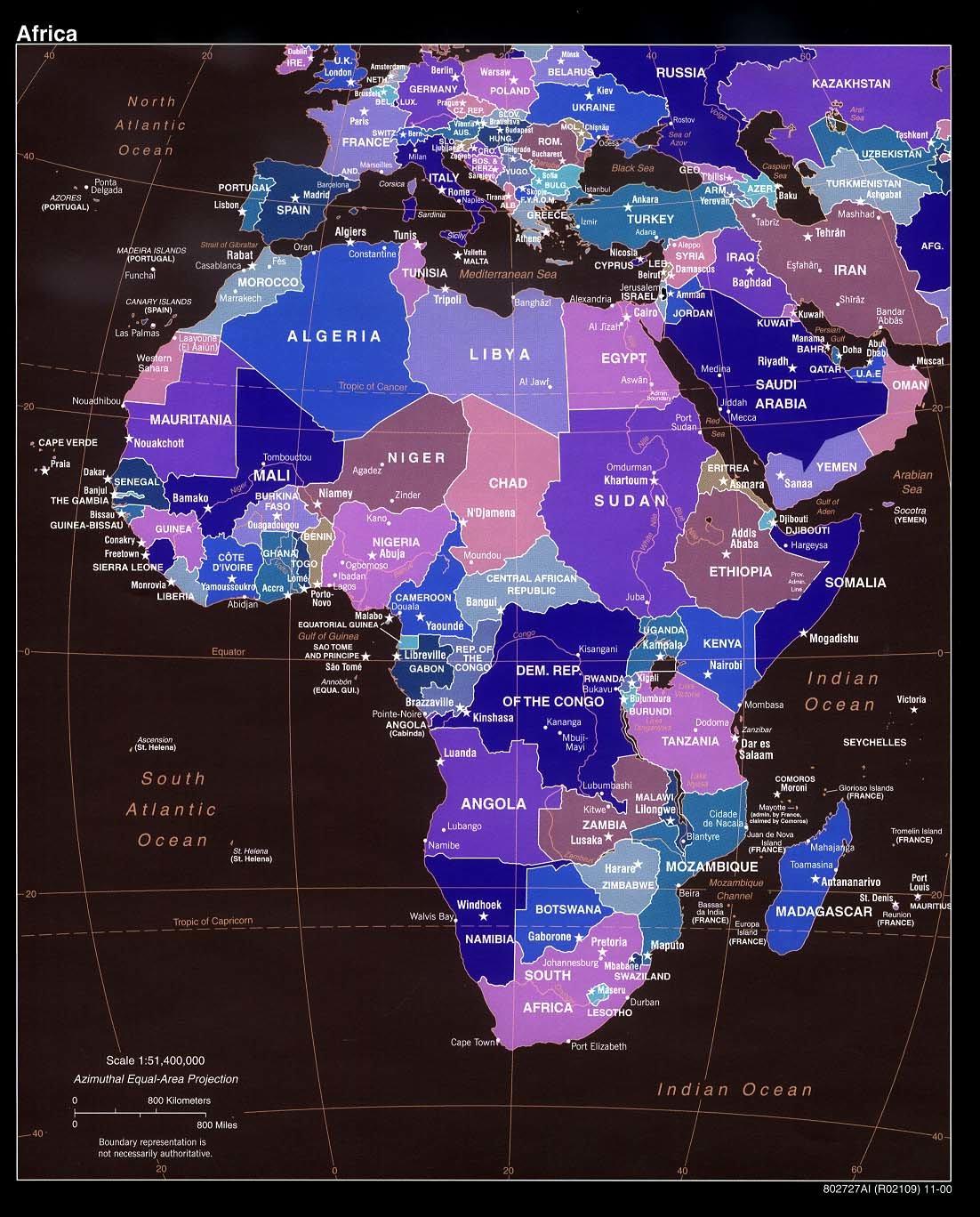



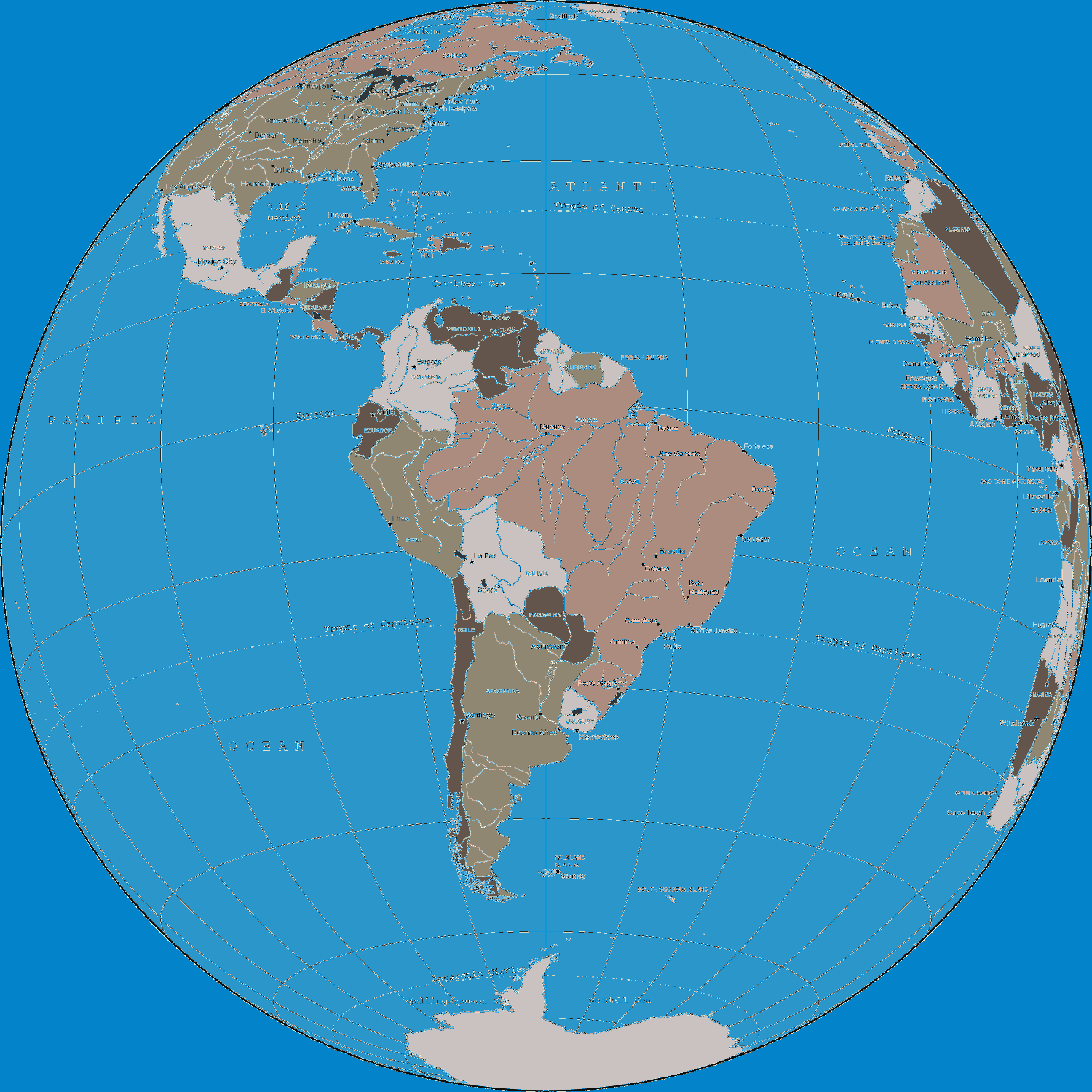
600–1450
Major Developments
- Questions of periodization
- Nature and causes of changes in the world history framework leading up to 600 C.E. – 1450 as a period
- Emergence of new empires and political systems: The Umayyads, Abbasids, Byzantine, Russian, Sudanic states, Swahili Coast, Tang, Song, Ming, Delhi Sultanate, Mongol, Turkish, Aztec, Inca
- Continuities and breaks within the period (e.g., the impact of the Mongols on international contacts and on specific societies)
- The Islamic world
- The rise and role of Dar al-Islam as a unifying cultural and economic force in Eurasia and Africa
- Islamic political structures, notably the caliphate
- Arts, sciences, and technologies
- Interregional networks and contacts
- Development and shifts in interregional trade, technology, and cultural exchange
- Trans-Sahara trade (gold, salt)
- Indian Ocean trade
- Silk routes, economic system of trade in pre-Columbian America
- Missionary outreach of major religions (Chrsitianity, Buddhism, Islam)
- Contacts between major religions, e.g., Islam and Buddhism, Christianity and Islam (like in Spain, SE Asia, and during the Crusades)
- Impact of the Mongol empires
- Political systems and cultural patterns
- East Asia
- China's expansion
- Chinese influence on surrounding areas (Japan, Korea, Vietnam) and its limits (especially Confucianism, but not in terms of gender roles)
- Changes and continuities in Confucianism (a "Neo-Confucism appeared during the Song Dynasty)
- The Americas
- Apex and decline of the Maya
- Rise of the Aztec
- Rise of the Inca (a 'march of civilizations' approach)
- Restructuring of Europe
after Rome
- Decentralization - Medieval society and Feudalsim
- Division of Christianity -Great Schism
- Revival of Cities - Medieval university and cathedral cities
- Africa
- Sudanic Empires (Mali, Ghana, Songhay "Song-Hi") Ibn Battuta visited Mali
- Swahili coast
- South Asia and Southeast Asia
- Delhi Sultanate
- Vietnam
- Arts, sciences, and technologies
- East Asia
- Demographic and environmental changes
- Impact of nomadic migrations in Africa, Eurasia and the Americas (e.g., Aztecs, Mongols, Turks, Vikings, and Arabs)
- Consequences of plague pandemics in the fourteenth century on Yuan China, Mongols, Islam and Christendom
- Growth and role of cities
- Diverse interpretations
- What are the issues involved in using cultural areas rather than states as units of analysis?
- What are the sources of change: nomadic migrations versus urban growth?
- Was there a world economic network in this period?
- Were there common patterns in the new opportunities available to and constraints placed on elite women in this period?
- To what extent was Dar-al-Islam a unified cultural/political entity?
Major Comparisons and Snapshots
- Compare the role and function of cities in major societies
- Analyze gender systems and changes, such as the effects of Islam
- Analyze the interactions between Jews, Christians, and Muslims
- Compare the developments in political and social institutions in both eastern (Byzantium) and western Europe
- Compare Japanese and European feudalism
- Compare European and sub-Saharan African contacts with the Islamic World
- Analyze the Chinese civil service exam system and the rise of meritocracy
Examples of What You Need to Know
Below are examples of the types of information you are expected to know contrasted with examples of those things you are not expected to know for the multiple-choice section.
- Arab caliphate, but not the transition from Umayyad to 'Abbasid
- Mamluks, but not Almohads
- Feudalism, but not specific feudal monarchs such as Richard I
- Manorialism, but not the three-field system
- Land management systems, but not the European three-field system
- Crusading movement and its impact, but not specific crusades
- Viking exploration, expansion, and impact, but not individual explorers
- Mongol expansion and its impact, but not details of specific khanates
- Papacy, but not particular popes
- Indian Ocean trading patterns, but not Gujarati merchants
- Neoconfucianism, but not the specific contribution of Zhu Xi








